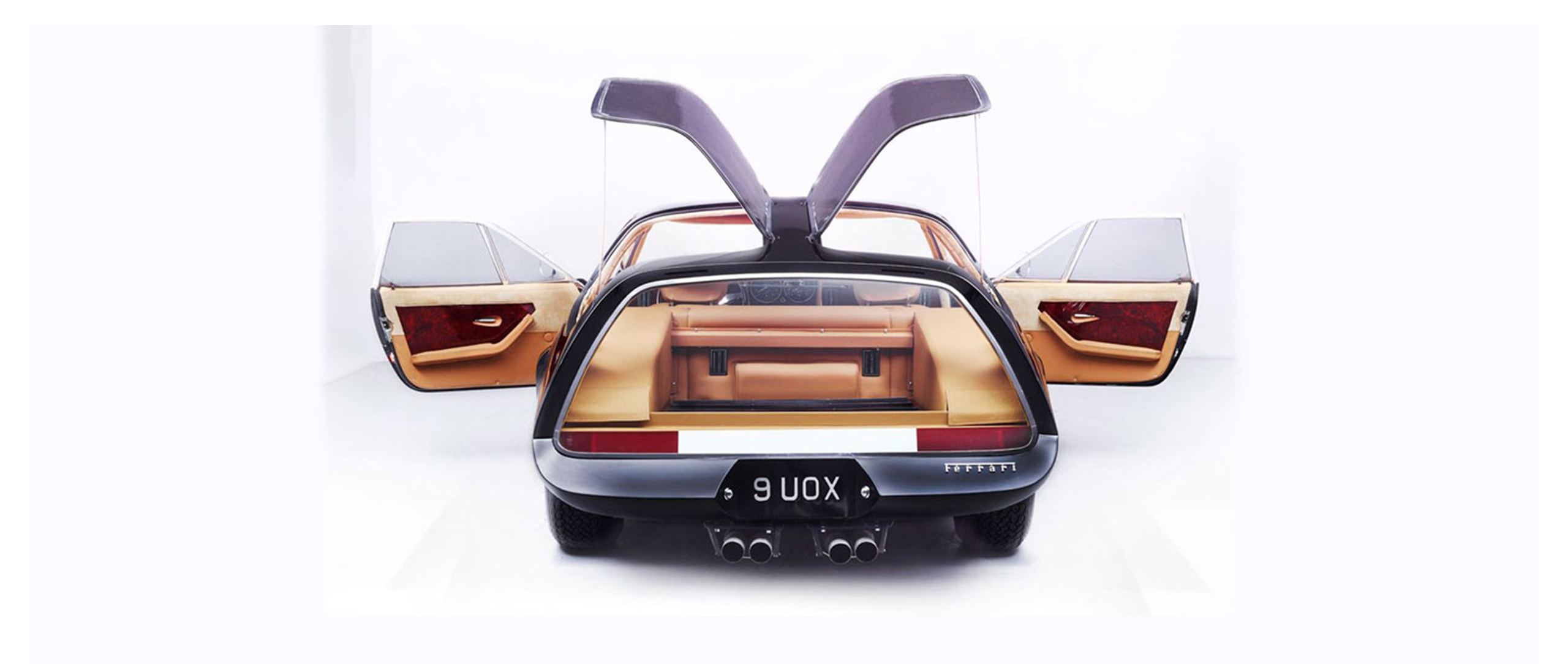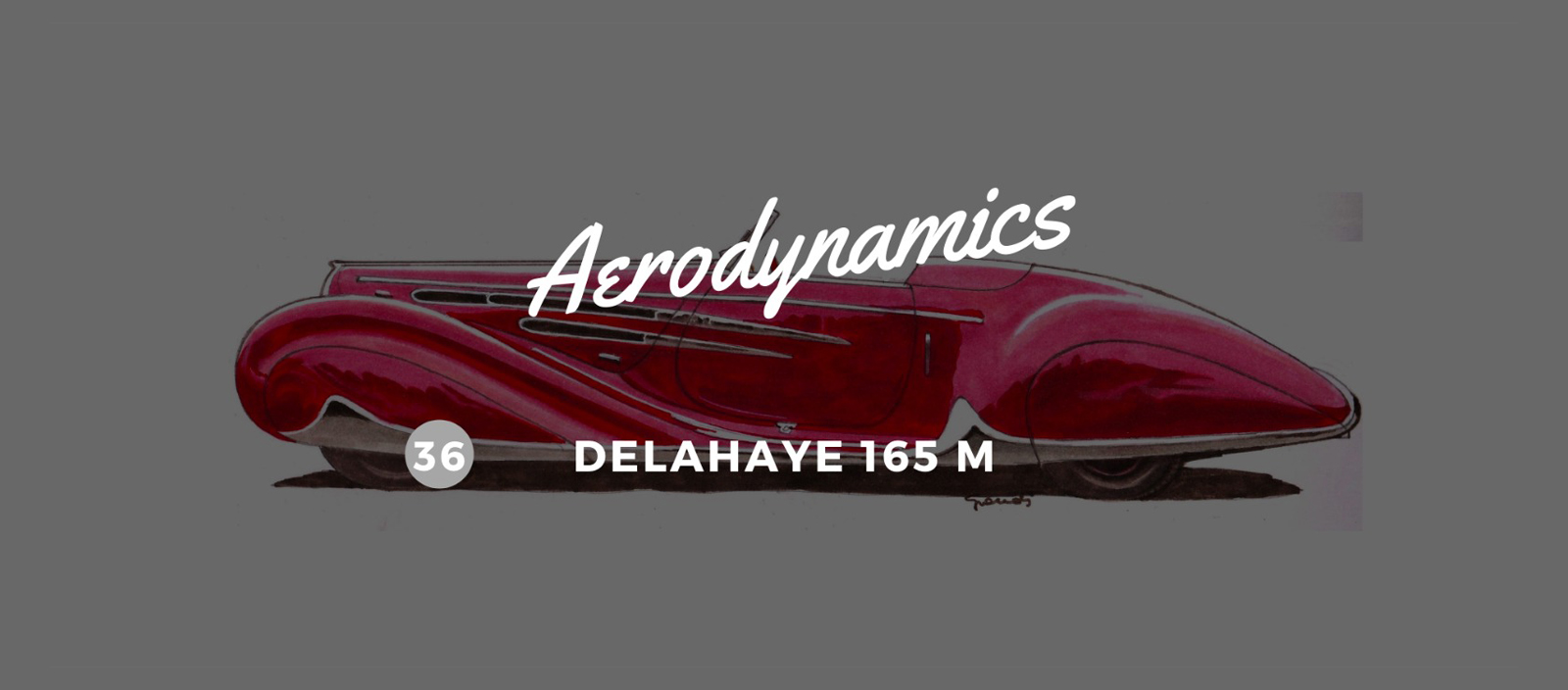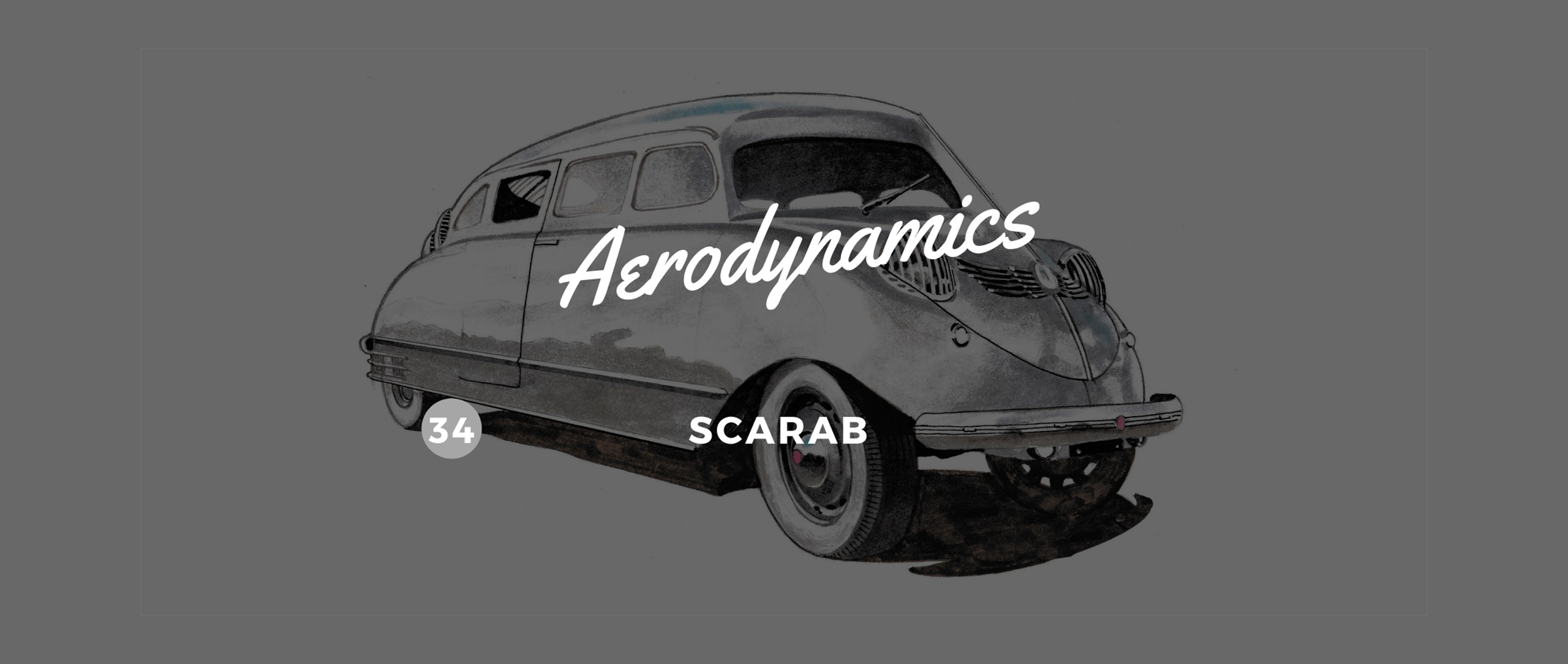A game choice
13 October 2020 1 min read 4 images

Luigi Chinetti was a precious man for Enzo Ferrari: a famous driver who was also very well connected within the American world of racing and luxury cars, he was Ferrari's official importer for North America before the Company set up its own subsidiary, and also ran semi-official cars in the colours of his racing team, NART (North American Racing Team). His son, Luigi junior, who everyone called “Coco”, continued to work in the automobile world and created several singular and particularly interesting cars by transforming stock Ferrari models into something unique. These included a series of Shooting Brakes inspired by the needs of rich (and noisy...) hunters because they were ideal for transporting rifles and hunting game.
Register to unlock this article
Signing up is free and gives you access to hundreds of articles and additional benefits. See what’s included in your free membership. See what's included in your free membership.
Already have an account? Log In



